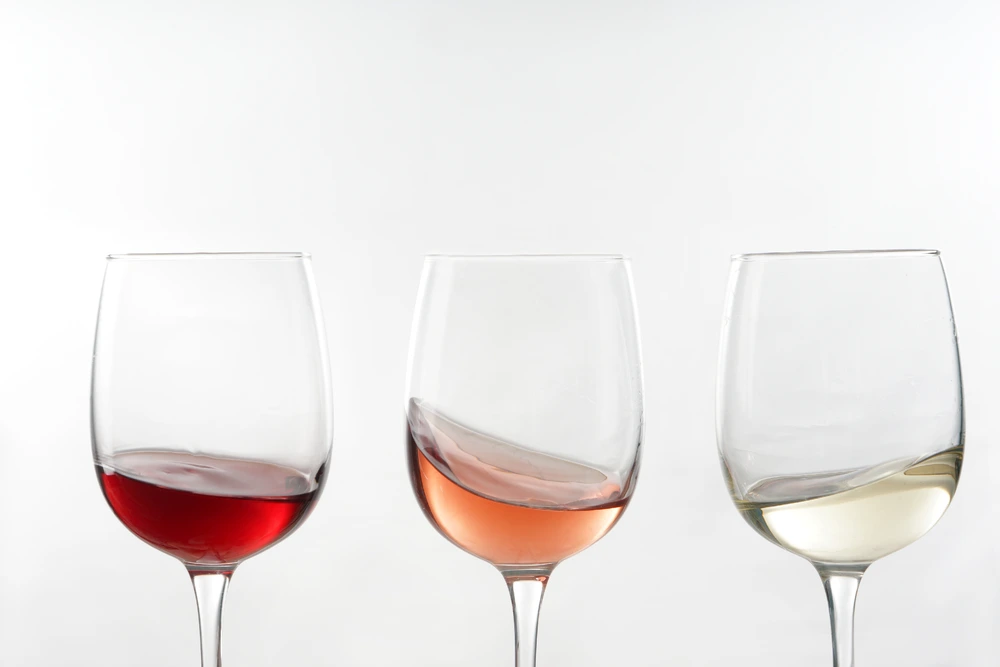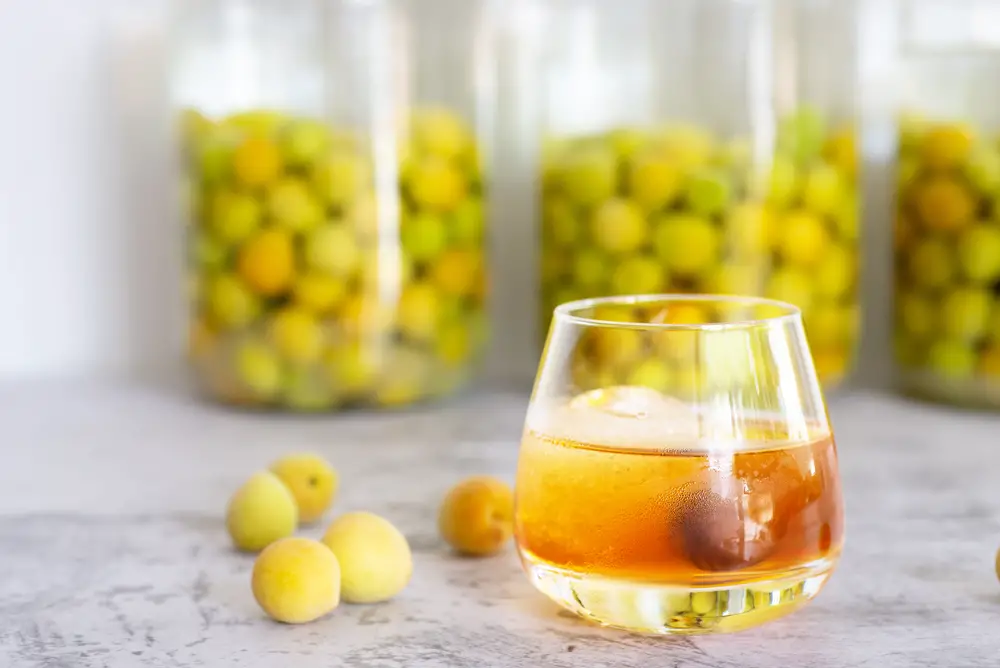Wine is often a part of many parties since it pairs well with many kinds of food. If you’ve drunk a certain wine, then you know how it tastes in your mouth.
How light or how heavy the wine feels when you drink it is its body.
Of course, wine can taste at least slightly different for each person. However, a wine’s body does have some general characteristics that remain consistent no matter who drinks it.
The three main categories of a wine’s body are full body, medium body, and light body.
You can compare the different types of a wine’s body by thinking about the different kinds of milk.
Whole milk tastes differently in your mouth compared to skim milk, for example. Similarly, different wines taste differently in your mouth when you drink them.

What Defines A Wine’s Body?
Quite a few factors can contribute to the body of a wine.
Despite this, the primary factor that contributes to it is alcohol.
If you know how alcohol influences a wine’s body, then it is easier to identify which category a wine’s body belongs to in general.
Alcohol is the primary influence on the wine’s body. This is because it provides the wine with viscosity.
You can experience a light feeling in your mouth or a heavy feeling in your mouth when you drink it. The alcohol content is the reason for it tasting either heavy or light when you drink it.
Other factors that influence a wine’s body include:
- Extract
- Grape variety
The extract is a term for the non-volatile solids in a particular wine. The acids and sugars are two parts of the extract.
When it comes to grape varieties, there are some grapes that produce more full-bodied wines.
Also, grapes grown in warmer regions tend to be riper and have more sugar, meaning they potentially have higher alcohol content. That is the case no matter the variety of grape.
What Is Viscosity?
You have probably heard the term viscosity before in your life. Viscosity is a scientific term and it is one method of defining liquids based on how easily they will respond to stress.
Another word for viscosity is consistency. One example of this is honey and water.
Water is less viscous than honey. It can move more easily than honey and it weighs less. However, honey is more viscous compared to water and this is why it can hold itself together better.
Simply put, the more alcohol that a certain wine contains, the more viscous it is.
In other words, more viscous wines feel fuller when we drink them and they are heavier, too. Alcohol is the reason for all of that.
As a result, full-bodied wine is a wine that is heavily viscous.
On the other hand, light-bodied wine is a wine that is low in terms of viscosity.
That is a good place to start when talking about a wine’s body, but there is much more to it than that.
Light-Bodied Wine

You can find the alcohol percentage on the wine’s label, most likely (anything above 14% alcohol needs to be listed. Below that, it is up to the wine maker).
The important alcohol percentage to keep in mind for light-bodied wine is 12.5%.
If a wine contains less than 12.5% alcohol, then it is known as a light-bodied wine.
Many white wines are light-bodied and many people think of these light-bodied white wines as refreshing and invigorating.
Vinho Verde and Riesling are two such light-bodied white wines. However, Italian Prosecco is another useful example of a light-bodied white wine, as well. Prosecco is low in calories too, for those watching their weight.
Riesling and Pinot Noir can be either light-bodied wines or medium-bodied wines. That depends on the vineyard.
Generally speaking, light-bodied wines are both delicate and lean, too.
However, a light-bodied wine doesn’t mean that the wine is thin. It also doesn’t mean you will dislike drinking it. It simply means that you can drink it easily.
Also, it is best to pair light-bodied wine with food that is lean and light.
Salmon is one example of light food that goes well with a light-bodied wine. Another example of good lean food is chicken and that goes well with a light-bodied wine.
Medium-Bodied Wine
As the name would suggest, medium-bodied wine falls between light-bodied wine and full-bodied wine.
Generally, a medium-bodied wine will have between 12.5% alcohol content and 13.5% alcohol content. Many kinds of wine are categorized as medium-bodied wine.
One good thing about choosing a medium-bodied wine is that it can complement several different foods well.
For this reason, you might want to consider a medium-bodied wine if you are unsure what wine will pair well with your food.
There are quite a few medium-bodied wines. Pinot Grigio, Rose, and Merlot are three common examples of medium-bodied wines that you can pair with your food.
Sauvignon Blanc and French Burgundy are two more medium-bodied wines.
However, it is worth mentioning that Sauvignon Blanc can be a light-bodied wine instead. As with Riesling and Pinot Noir, whether Sauvignon Blanc is a medium-bodied wine or a light-bodied wine depends on the vineyard.
Because of this, it can often be a good idea to look into what vineyard produced these wines so you can be sure you are buying the type of wine you want.
Full-Bodied Wine
Any type of wine that has more than 13.5% alcohol content is a full-bodied wine.
It is also good to know that most wines that have more than 13.5% alcohol content are red wines. However, there are some white wines with more than 13.5% alcohol content.
One good example of a white wine that can also be called a full-bodied wine is Chardonnay.
Merlot and Cabernet are two wines that have more than 13.5% alcohol and are therefore full-bodied.
Zinfandel is another full-bodied wine since it contains more than 13.5% alcohol. Malbec and Syrah/Shiraz are two more full-bodied wines.
Full-bodied wines are also a bit heavier than light-bodied wines and include a strong aroma along with complex flavors and lively tasting notes.
You will likely find that sipping a full-bodied wine over an extended period is the best way to enjoy it. This is due to the bold flavor of the wine.
Full-bodied wines do not pair well with as many kinds of food as light-bodied wines.
However, full-bodied wines do pair well with food that has robust flavors, such as mushrooms and steak.
Steak is an especially common choice to eat with a full-bodied wine, as you may know.
- Shrimp Cocktail (and More) Wine Pairing Guide - 09/06/2022
- What Wine Serving Sizes Look Like: Standard Size and More - 08/06/2022
- How Much Sugar is in Wine: Glass and Bottle Sugar Content - 08/06/2022






